- AdventHealth

DAVENPORT – (Oct. 9, 2018) Joint damage from an injury or osteoarthritis is the most common cause of bone spurs, which is actually a smooth, bony growth that forms, usually in the foot and ankle area, over time.
As arthritis breaks down the cartilage cushioning the edges of your bones, your body attempts to repair the loss by growing bone spurs in the damaged area. Other potential causes and risk factors include overuse of a joint, obesity, genetic bone problems, conditions like gout or lupus, and narrowing of the spine (spinal stenosis).
A bone spur on its own does not cause pain,” says Narmo Ortiz, D.P.M. a foot and ankle physician with the Heart of Florida Physician Group in Davenport. “However, depending on the size and location of the spur, it can interact with nearby structures like tendons, nerves or other bones, which can result in pain and loss of mobility.”
Many bone spurs – or osteophytes, as they are formally known – cause no symptoms at all, and you may not know you have one until it shows up during a routine imaging study. The condition is quite common, and can occur in any one of several areas of the body.
Treatments for bone spurs are as varied as the potential causes and affected body parts. The most immediate treatment is typically the application of rest and anti-inflammatories, either via over-the-counter oral medications or injections. If these steps don’t relieve the discomfort, your physician may suggest a local steroid injection and physical therapy to improve joint strength and increase mobility. If eligible and appropriate, patients may be referred for surgery to remove the spur.
If a bone spur is causing you aggravation, the type of specialist best suited to treat you will depend on the location and nature of the spur.
The best path is to work with your primary care physician (PCP), who will order the appropriate imaging tests to locate and define the spur. He or she will then refer you as needed to a orthopedist, podiatrist or spine specialist to ensure the best care for your specific condition. If you need to be connected with a PCP, orthopedist or podiatrist, visit HeartofFloridaPhysicianGroup.com, or call Call844-634-DOCS (3627) to schedule an appointment with one of our primary care physicians. Same-day appointments are often available.
Recent News

AdventHealth debuts first-of-its-kind Performer Health Program in Central Florida
AdventHealth is launching the Performer Health Program, a first-of-its-kind initiative in Central Florida focused on addressing the unique health needs of artists and performers.

AdventHealth Waterman strengthens access to expert specialty care with expansion of Mount Dora medical plaza
Second floor buildout adds orthopedics, sports medicine, women’s health and heart care for Lake County
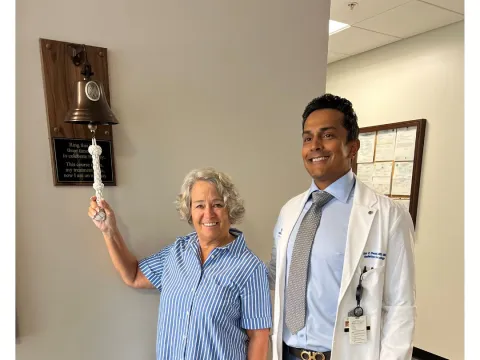
Expanding hope through innovation: AdventHealth advances cancer care across East Florida
Cancer touches nearly every family, and in Flagler, Lake and Volusia counties, the demand for timely, advanced care keeps rising. AdventHealth’s East Florida Division, which includes seven hospitals...

For two Hope Clinic patients, music spurs recovery
STROKESTRA heals stroke survivors in so many meaningful ways.
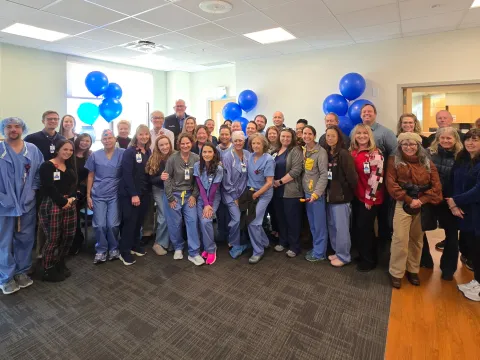
A new chapter begins: AdventHealth Avista opens its on-campus surgery center
This milestone marks a meaningful new chapter for a team whose history stretches back more than two decades.

AdventHealth Porter Performs Rare, Complex Robotic Kidney Cancer Surgery
AdventHealth Porter has reached an extraordinary milestone in surgical innovation, completing what is believed to be the first robotic left radical nephrectomy with inferior vena cava (IVC)...
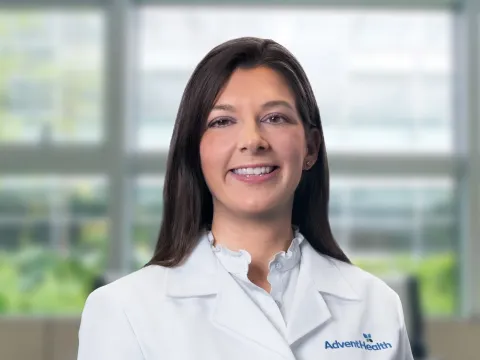
Amanda Robinson, DO, joins AdventHealth Medical Group Family Medicine, Internal Medicine & Pediatrics at Curtis Parkway
AdventHealth is pleased to announce that Amanda Robinson, DO, has joined AdventHealth Medical Group Family Medicine, Internal Medicine & Pediatrics at Curtis Parkway.

Helping the Helpers: Spotlight on AdventHealth Avista’s Director of Supply Chain, Mike Vos
For Mike Vos, Director of Supply Chain at AdventHealth Avista, caring for others isn’t just part of the job - it’s woven into his family story. With a mother who is a career nurse and now Director of...
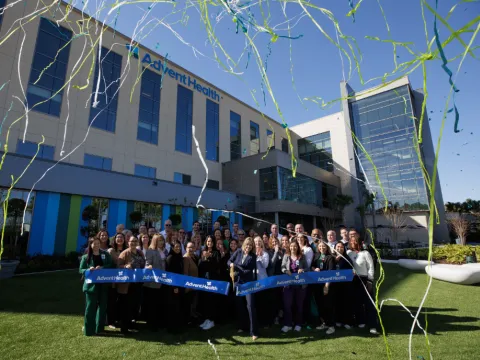
New hospital brings world-class, whole-person care to Minneola
AdventHealth Minneola will bring nationally recognized care close to home in South Lake County.
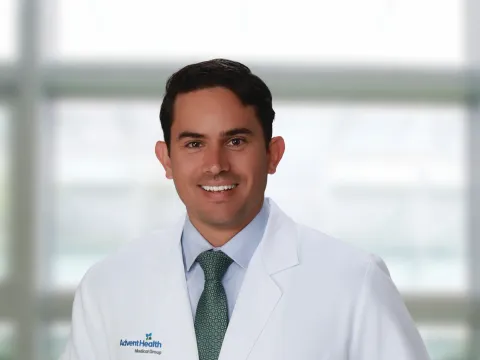
New surgeon expands local access to advanced colorectal care in Volusia County
Dr. Mark Heimberger joins AdventHealth as part of its continued investment in bringing minimally invasive and robotic colorectal treatment options to the region’s growing community.

Delivering on the mission: AdventHealth Supply Chain and Business Services' impact is part of every patient story
Every day, more than 1,500 Supply Chain and Business Services team members work behind the scenes with more than 3,000 suppliers to support how AdventHealth patients receive care.
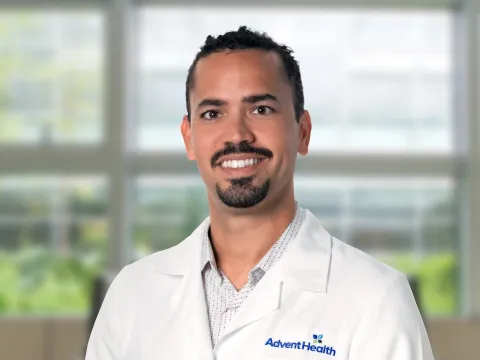
Albit Paoli, MD joins AdventHealth Medical Group Orthopedics & Sports Medicine
AdventHealth is pleased to announce that Albit Paoli, MD, has joined AdventHealth Medical Group Orthopedics & Sports Medicine at Calhoun and AdventHealth Medical Group Orthopedics & Sports Medicine at...
